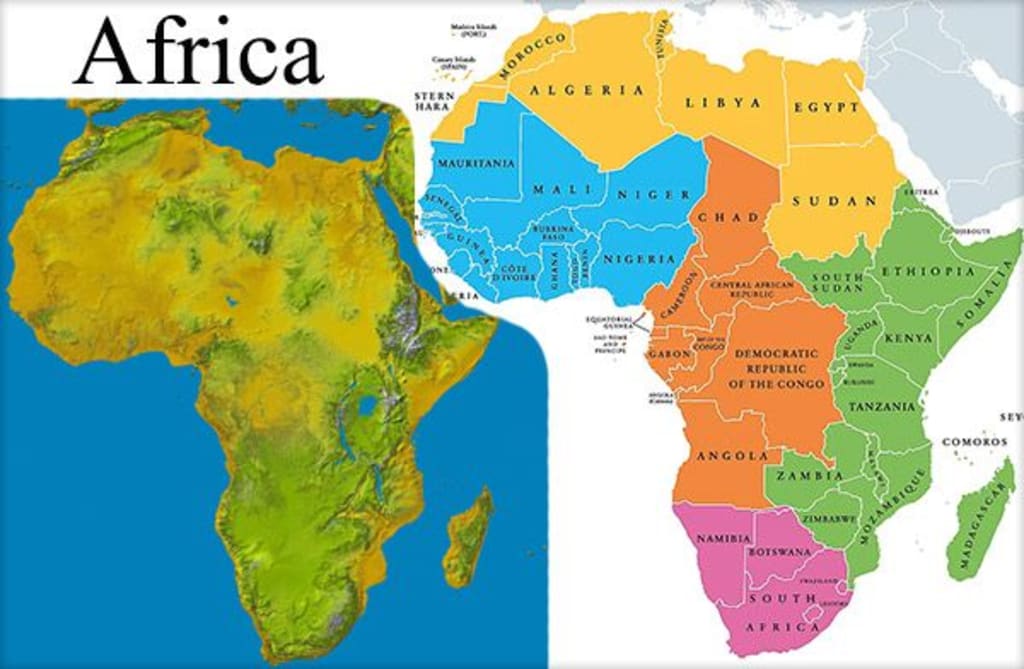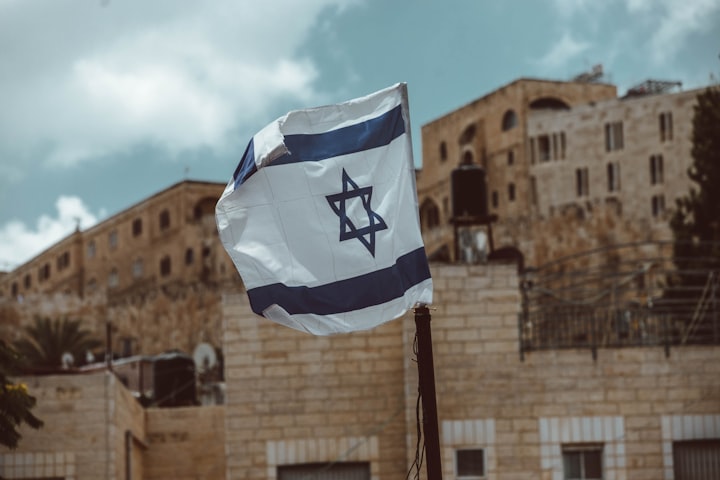
Libyan Desert, desert, northeastern Africa, northeastern section of the Sahara, in eastern Libya, western Egypt, and northwestern Sudan. In Egypt, it is also known as the Western Desert. The arid region of sand dunes and stony plateaus rises to 1907 m (6256 ft) at the point where the borders of Libya, Egypt, and Sudan meet. Western Sahara, region in northwestern Africa. Formerly known as Spanish Sahara, it was an overseas province of Spain from 1958 until 1976, when it was partitioned between Mauritania and Morocco. Since 1979, it has been occupied entirely by Morocco. Western Sahara encompasses about 267,000 sq km (about 103,000 sq mi); it is bounded on the north by Morocco, on the northeast by Algeria, on the east and south by Mauritania, and on the west by the Atlantic Ocean.
With a hot, arid climate, and composed mostly of rocky and sandy soils, the region is not suitable for sedentary agriculture, but some sheep, goats, and camels are raised by nomadic herders. The territory has rich deposits of phosphates, notably at Bu Craa; exploitation of the deposits began in the early 1970s. The population (1993 estimate) of the region is about 206,629, mostly Berbers and Arabs. The main towns are El Aaiún, or Laayoune, which was formerly the capital of Spanish Sahara, and Ad Dakhla, which was formerly Villa Cisneros.
Portuguese navigators visited the area near modern El Aaiún in 1434, but did not establish lasting settlements. Spain owned the region from 1509 until 1524, when it was taken by Morocco, which later ruled for more than three centuries. In 1884, Spain established a protectorate over the coast from Cape Bojador to Cape Blanc; the Franco-Spanish agreements in 1900, 1904, and 1920 extended the boundaries of the protectorate. Spain divided its possession into two separate districts, Río de Oro in the south and Saguia El Hamra in the north. The two were amalgamated in 1958, when the Spanish province of Sahara was established.
In the early 1970, the nationalists of the Spanish Sahara sought independence for the territory, while Algeria, Mauritania and Morocco applied in the area. At the end of 1975, while Morocco was preparing to launch a massive non-violent invasion of the Spanish Sahara, Spain agreed to give up the area in Mauritania and Morocco. The Spanish left in February 1976; two-thirds of the territory was then occupied by Morocco and the rest by Mauritania. Algeria has protested the division and supported the Popular Front for the Liberation of Sagua El Hamra and Río de Oro (Polisario Front), a nationalist group that is trying to turn the former Spanish Sahara into an independent country. Polisario organized several guerrilla raids in Mauritania and Morocco between 1976 and 1978. When Mauritania surrendered his part and made peace with Polisario in 1979, Morocco applied for all of Western Sahara and continued the war alone. The Democratic Arab Republic of Polisario, supported by Sahrawi, received recognition from the Organization of African Unity (OAU) in February 1982, when it was admitted as a Member.
The Nubian desert, a region in northeastern Sudan, bordered by the Nile River valley to the west and the Red Sea Hills to the east. First a rocky plateau of sandstone, the Nubian desert is a poor, remote part of the Sahara. Although there are towns and villages scattered along the Nile, life inside the desert is precarious and generally limited to areas close to the seasonal water courses of the desert or wadis. The climate is warm and dry, with a short rainy season in July and August. Precipitation is limited and average less than 15 mm (less than 0.6 in) annually in the northern city of Wâdyjal alfâ on Lake Sudan (called Lake Nasser in Egypt) and no more than 40 mm (1.6 in) per year in the south, near the city of Atbarah. The average daily temperature in June, the hottest month, is about 45°C (about 110°F).





Comments
There are no comments for this story
Be the first to respond and start the conversation.